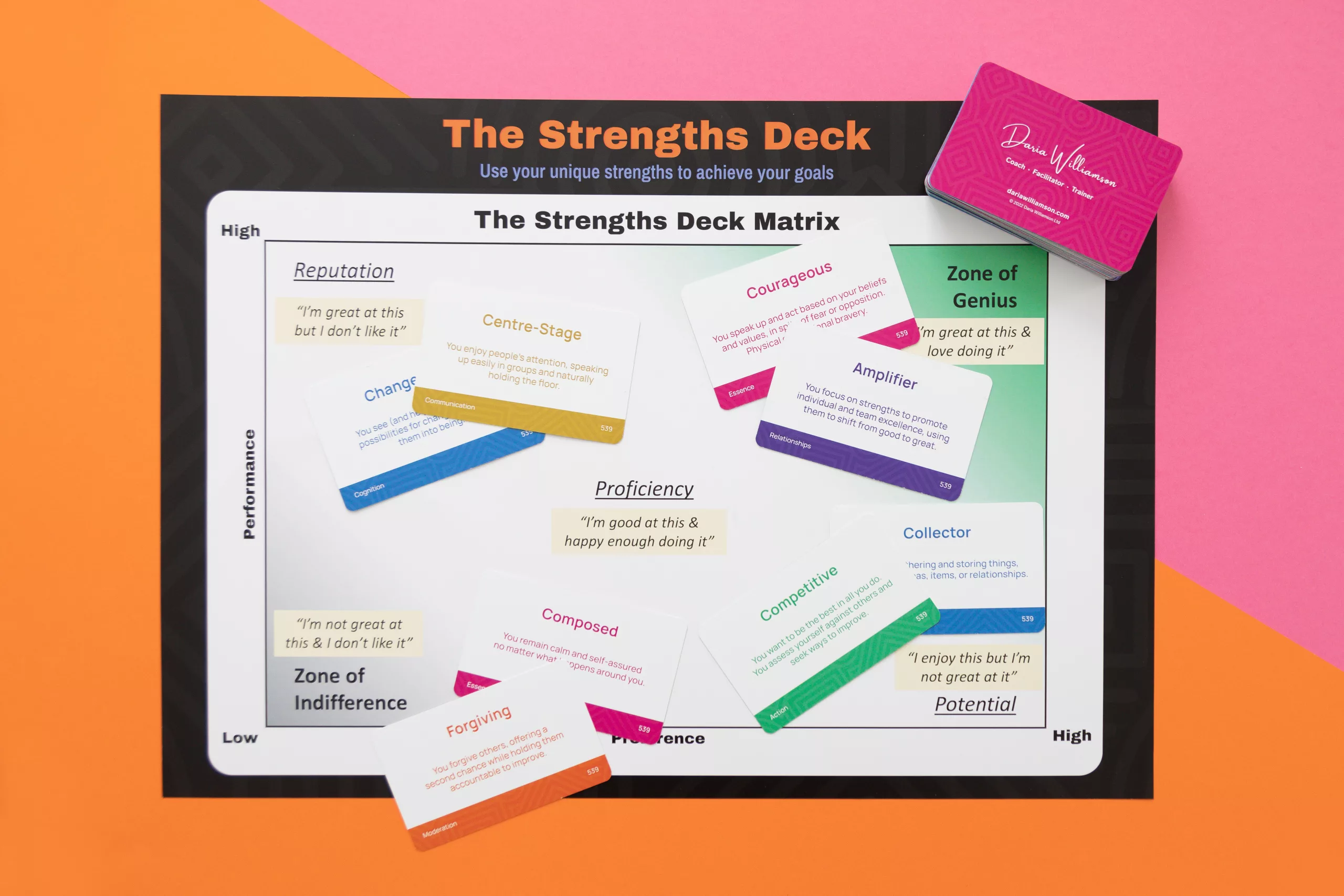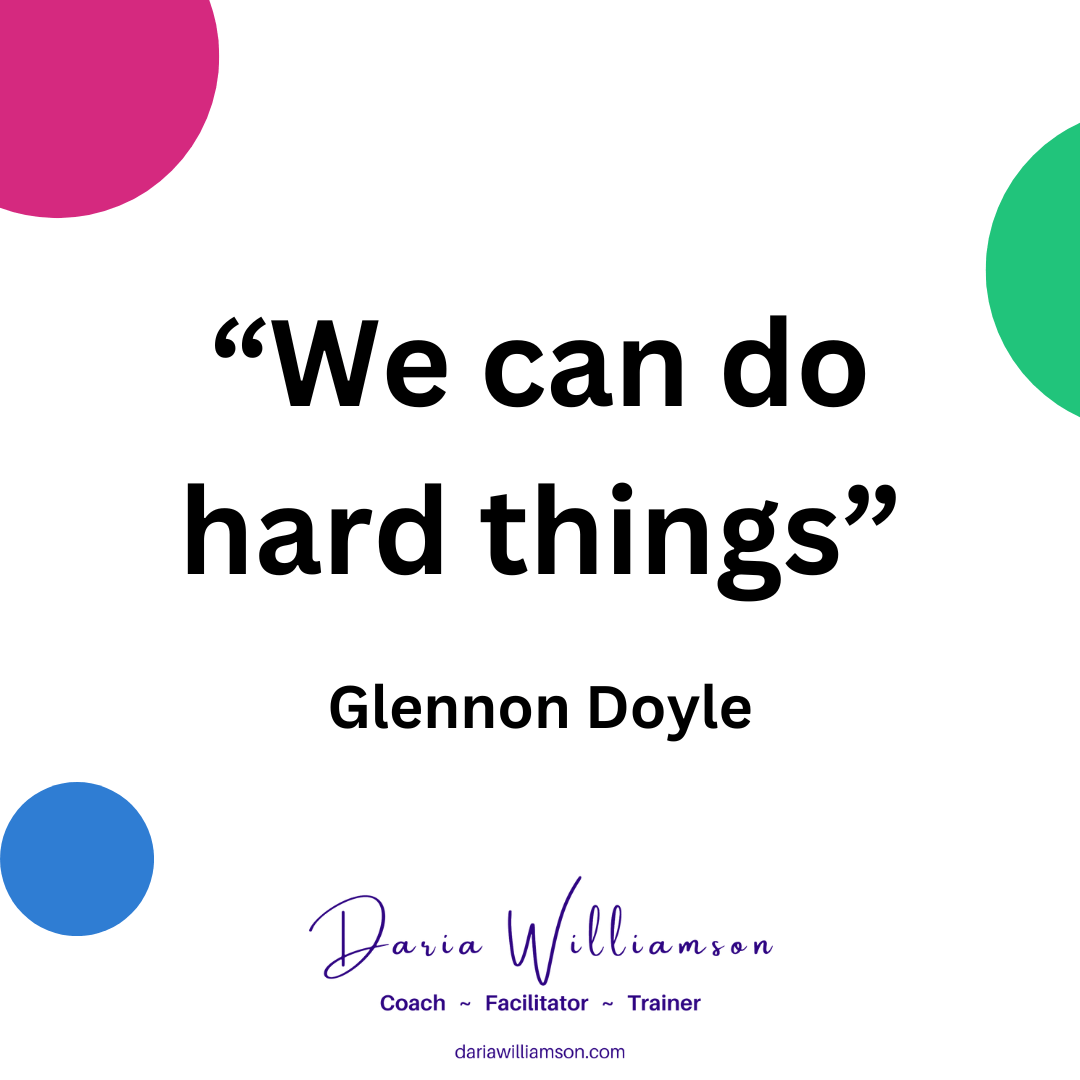Every New Year people hit the gym and jump on a treadmill to undo their Christmas excesses without understanding the real issue: getting stuck on the hedonic treadmill.
Thankfully, once we become aware of how the hedonic treadmill operates, we can implement strategies to minimise its impact, or even help us jump off it.
What is the hedonic treadmill?
The hedonic treadmill describes the way that we, as humans, are incredibly good at adapting to things that are pleasurable, fun and exciting. Pretty quickly, we get numb to the pleasure they bring.
They start to feel necessary, like a baseline need, not a pleasure. So much so that we end up feeling “meh” even though they used to give us a boost in the past. We end up feeling like we’re running faster and faster just to stay in the same place, like a treadmill. And this often leads to us implementing the first strategy for dealing with the hedonic treadmill. Read on to learn about the three strategies we can use.
Christmas and the hedonic treadmill
We’ve just been through the Christmas and New Year season – and I’m guessing that there were tonnes of delicious goodies available everywhere you turned.
That’s a prime opportunity for getting stuck on the hedonic treadmill – as are other national, cultural, and religious events that feature food and/or drink as part of the festivities. In addition, certain seasons can be a fast-track to the treadmill – winter with its delicious comfort food, and summer with the long nights that encourage lingering over an extra few wines or beers with friends.
Getting stuck on the hedonic treadmill is a completely normal part of being human. It’s not a comment on your character or morals. It’s simply part of the way we function. But just because it’s normal doesn’t mean we are powerless – there are three strategies we can use for dealing with hedonic adapation.
The three strategies for dealing with the hedonic treadmill
There are three strategies we commonly use to deal with the “meh-ness” created by the hedonic treadmill:
- Get more of the good stuff (the escalation strategy),
- Switch up different types of the good stuff (the smorgasbord strategy)
- Shift your perspective (the mindfulness strategy)
Escalation
The first strategy for dealing with the hedonic treadmill is just to do more of the exciting, pleasurable, fun stuff. This works well, to a point. But once you reach the tipping point, more of the good stuff starts to become a little bit, then a lot, bad.
What works well once a month might benefit you greatly if you increase to once a week. But then it could become exhausting or unpleasant if you try to escalate further to once a day. Pizza for lunch and dinner is delicious, but after a week of it, even the most hard-core carb-lover will probably enjoy a few vegetables.
As Paracelsus pointed out, the poison is in the dose. And it will probably take a bit of experimentation before you find the right amount of escalation for each situation.
Escalation: The icecream analogy
I love ice cream. But I only eat it a couple of times a month. When I do eat it, I really enjoy it – the coolness, the sweetness, the melting-ness, the flavour… I savour and appreciate it all.
That’s because years ago, I drifted from eating ice cream only occasionally to eating it every night after dinner. While I had enjoyed the occasional serving, over time I had to eat it more frequently (and more of it) to feel the same amount of satisfaction.
Eventually, I got sick of it – what had once been so appealing became something that I really didn’t want to eat. It was still cool, sweet, melty, and flavoursome – but I was totally over it. Not to mention that the jeans were starting to feel a little snug…

And that’s the hedonic treadmill in action – escalating doses to get the same pleasure, and then the tipping point where what used to be pleasurable actually becomes disagreeable and not-so-good for us. The key is to be aware of the potential pitfalls of escalation, and know how to step off the treadmill before we hit the tipping point.
Combination
The second strategy for dealing with the hedonic treadmill is to switch up the good stuff you enjoy – instead of focusing on one or two things and escalating them, you combine a little bit of a whole lot of enjoyable things.
While this approach means that you don’t always get a “full serve” of the things you love the most, you reduce your chances of overdosing (and you might even discover a new favourite thing along the way!). You also interrupt the adaptation process that is central to the hedonic treadmill. That means that small amounts of different things will usually continue to be good, pleasant, fun and exciting.
Combination: the smorgasbord analogy
The smorgasbord or buffet is the perfect analogy for the combination strategy. All the good things are laid out before you.
You get to choose how much you’ll take of each, in what order, and what you’ll pair up on your plate. You don’t always have to start with the shrimp cocktail before moving on to the beef wellington.
The same goes with the things you love. Try out different combinations of your strengths. Think about what you’ll be tackling in the future, and practice some different mixtures of skills that might be useful in a few months or years.

Mindfulness
The third strategy for dealing with the hedonic treadmill is the master strategy – it will help you decide how and when to implement the other two strategies.
The term ‘mindfulness’ has become exceptionally popular in recent years. It’s used for everything from meditation to eating to walking. I currently define mindfulness as “tuning into the present moment, and bringing your awareness to what is happening within and around you”. When you’re being mindful, you’re not pushing to change or control things. Rather, you are observing simply them as they are. It’s a space of non-judgement (not easy for us humans!)
And as we bring mindfulness to our present situation, we find space to identify relevant actions that we can take to shift ourselves and our situations in the desired direction. As the saying attributed to Viktor Frankl goes, “Between stimulus and response there is a space. In that space is our power to choose our response. In our response lies our growth and our freedom.”
Using mindfulness to avoid or step off the hedonic treadmilll
We free ourselves from the hedonic treadmill by becoming aware of what we might be over-relying on, recognising things that are available to us that we haven’t been making the most of, and choosing where we place our focus.
Choosing to focus intently on something that is pleasurable, fun, or exciting can help us extract maximum enjoyment from it – but if we always reach for that thing, no matter how much we focus on it, it will start to bring us less pleasure. So a key to the mindfulness strategy is maintaining our awareness of the wide variety of pleasurable, fun, and exciting things that happen in our lives. The more we do this, the greater our chances of avoiding the adaptation response that keeps us stuck on the treadmill.
For example, you could decide to focus on the tastes and textures of your dinner tonight, and then tomorrow, focus on savouring time time connecting with a loved one. The next day, you could pay attention to how good your body feels after exercise, and the following day, enjoy a spot of daydreaming while you sip your morning cuppa.
Which hedonic treadmill are you on?
As I said earlier, getting stuck on the hedonic treadmill is totally normal. So it’s not a question of if you are stuck on one, but which one(s) you are stuck on. There’s no judgement here – I’ve known about the hedonic treadmill for years and yet regularly have to step off one that I’ve gotten myself stuck on. It’s just evidence that we’re human!
We tend to have default treadmills, so the trick is figuring out which treadmills you regularly find yourself on, and identifying ahead of time some relevant actions you can take to hop off the treadmill, or avoid getting stuck on it in the first place.
How I manage my default hedonic treadmill
In the food realm, my default hedonic treadmill is covered in Copper Kettle Ready Salted potato chips or Whittaker’s Dark Salted Caramel chocolate! If I eat either one frequently, I end up eating too much, too fast. And I’m not even really conscious of what I’m eating, so I don’t really derive pleasure from them – and in fact I often end up disappointed with the whole experience.
But if I give myself a rest from them for a few days or weeks (the opposite of the escalation strategy), then choose to savour a small portion (the mindfulness strategy), I experience much greater delight and pleasure because I’m paying attention to taste and texture. And if I enjoy the chips with a refreshing citrus soda, or the chocolate with a strong cup of coffee, they feel even more luxurious (the combination strategy).
Inspired action
Think about a hedonic treadmill that you often find yourself on. What actions can you take when you notice you’ve gotten back on the treadmill? How can you recognise when you’re about to step onto the treadmill? Make a plan now and put it into practice, tweaking and perfecting it as you go.
And if you need some support, coaching can be a fantastic way to build momentum and get quick results. I offer free, 30-minute discovery calls so you can see if we’d be a good fit for working together. You can book your call here.





